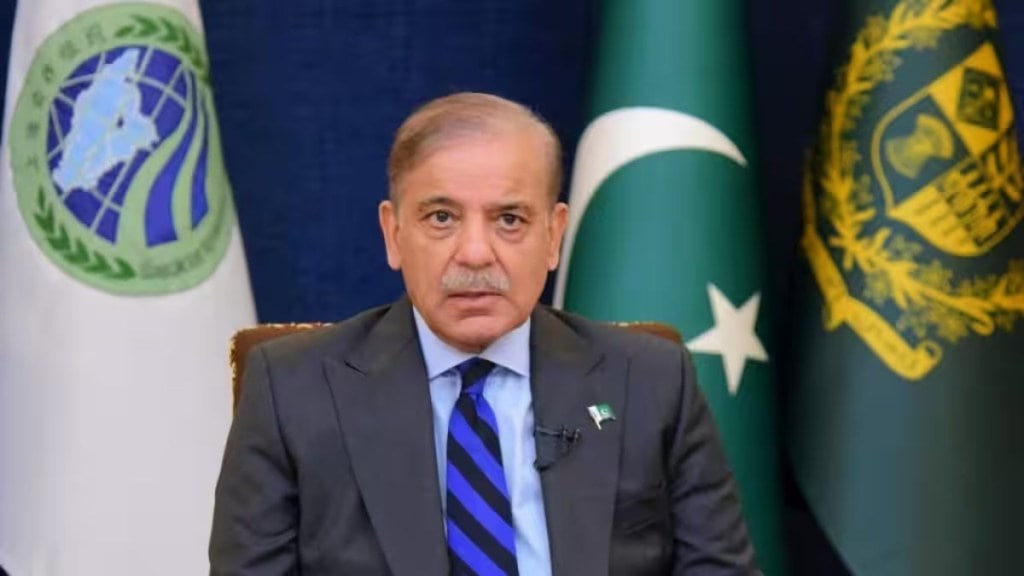The change of guard in Pakistan with Shehbaz Sharif becoming the Prime Minister for the second time only exemplifies the French saying, “The more things change, the more they remain the same.” This is yet another hybrid regime of civilian rule blessed by the all-powerful army which only imparts a fundamental instability to the polity. The military’s favoured heads of government end up reading from a different script time after time, as happened with former prime minister Imran Khan and can happen to Sharif as well. The recent elections—which were far from free and fair—threw up a fractured mandate with none of the parties, notably the Pakistan Tehreek-e-Insaf, backed Independents, Pakistan Muslim League (Nawaz), and Pakistan People’s Party having the numbers to stake a claim.
The PTI-backed Independents secured the largest number of declared candidates to the national assembly despite its charismatic supremo, Khan, being imprisoned and barred from contesting and the party’s leadership decimated by the military establishment. For such reasons, the new ruling coalition regime between PML-N and PPP is far from representative of the will of the citizenry and is only a recipe for renewed political and economic instability.
What does the regime change imply for India-Pakistan relations? It will be more of the same as bilateral relations have been in the deep freeze since the Pulwama terror attack in February 2019. Having hit rock-bottom, the way forward is only if the Sharif administration signals serious intent to improve relations with India. Unfortunately, while the PM’s first remarks stated that ties with neighbours will be kept on the basis of equality, he raked up the Kashmir issue, saying that the national assembly should pass a resolution for the freedom of Kashmiris and Palestinians. Sharif did so too when he first became PM in 2022. Even his elder brother, Nawaz Sharif, was relatively hawkish on Kashmir, perhaps reflecting the roots of the Sharif family in Anantnag; it later settled in Jati Umra in Amristar before crossing over to Lahore after Partition. This does not augur well for improving bilateral relations, which India has predicated on Pakistan curbing cross-border terrorism. This is also definitely not an augury for reviving the much-needed process of regional integration represented by the South Asian Association for Regional Cooperation as indicated by India’s external affairs minister S Jaishankar.
The Sharif-led administration’s biggest priority doubtless will be to address the festering economic crisis that brought Pakistan to the doors of the IMF for a bailout. The country averted a sovereign default last summer through a $3 billion nine-month standby arrangement of the Fund. A new extended programme has to be negotiated that entails implementing politically difficult loan conditions such as balancing the budget through swinging cuts in expenditures, higher taxes, energy tariffs and interest rates and a market-based exchange rate, when the urgent need is to support overall economic growth. PM Sharif indicated the daunting fiscal challenges ahead, highlighting the burden of servicing the huge debt estimated at $100 billion. The situation is dire as interest payments in fact account for three-quarters of gross federal tax revenues. In this milieu, paying the salaries of the armed forces and civil servants would require more borrowing. Addressing such economic imperatives needs a truly representative government in which the citizenry will willingly make the necessary sacrifices rather than take to the streets in protest.

